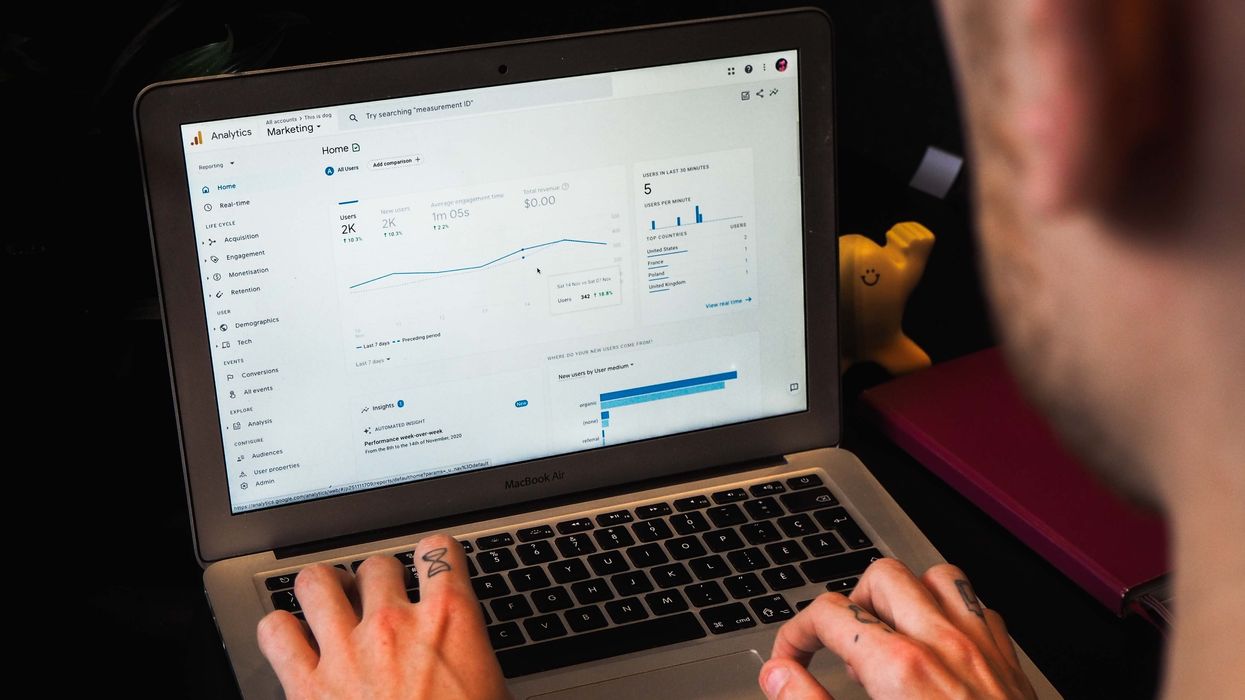The holidays are peak season in commerce, and the shopping season is only getting longer.
The Black Friday kickoff extended to Cyber Monday, which in turn became a kickoff to Cyber Week. This year, Walmart and Target have already announced plans to move Black Friday deals up to the beginning of November. A month before that, those retailers joined Amazon in holding early holiday kickoff events.
This brings a duality: Brands and retailers will be mounting more sustained campaigns. At the same time, they could be seeing more spikes in traffic.
The holidays bring plenty of opportunity to roll out the latest and best campaigns you have to offer, but don’t forget about the steps that are required to keep operations running on the backend. After all, promotions won’t turn to conversions if shoppers can’t access your site.
“Accelerated ad spend and targeted traffic can cause malfunctions in existing commerce systems,” said Mario Peshev. He works with brands and retailers to keep operations running smoothly as the CEO of DevriX, a WordPress agency serving global ecommerce brands. “Traditional caching layers used online are often inefficient when it comes to dynamic content.”
The logged-in users, shopping carts and products with expiring quantities that make up an ecommerce store can put pressure on the systems running them. It’s also a time when threat actors may be looking to exploit vulnerabilities.
“Significant spikes can impair the user experience and load times – or even cause temporary interruptions,” Peshev said. “Moreover, targeted, competitive and bot attacks are not unusual in peak seasons.”
To get prepared, brands and retailers can work with experts who understand systems, and implement solutions ahead of time.
“Professional vendors utilize a number of solutions to mitigate such risks and ensure uninterrupted function as best as possible,” Peshev said. “This is thanks to a combination of various techniques in the programming implementation of the platform, designing a resilient database and relying on scalable hosting infrastructure.”
Systems have different caching and security layers that sit in middleware and on top of the application platform, Peshev said. At the same time, the server environment is usually expandable, through cloud solutions like Amazon’s AWS, Google Cloud Platform or Microsoft Azure.
Given the need to stay aware of performance, brands and retailers may also consider the staff resources they need for an in-house team. Yet, unlike for logistics teams dealing with an influx in warehouses, this is not only a holiday season concern.
“Staffing solely for peak seasons may render inefficient as different campaigns may cause traffic spikes throughout the year,” Peshev said. “Working with specialized technical partners profiling in both scalability and security can mitigate most of the problems.”
It’s important to gain visibility through available tools, and be on the lookout for warning signs.
The baseline dashboards that DevriX recommends to both small and large retailers are Google Analytics and the current server resources, available via the shell or in different hosting panels.
“The hosting dashboard provides insights on hardware resources such as free CPU or allotted RAM – and depleting them is a certain path to interruptions or slowdowns,” Peshev said. “Writing operations may also be throttled if the disks are overloaded. Google Analytics and its real time reporting is a good indicator of currently active users – especially ones that browse as logged in customers or interact with non-cached content. Writers or product administrators are common offenders here. Staff members always see fresh content and use a chunk of the server resources.”
As such, a dropout in users can be a sign of slowdowns, Peshev said, though he cautions that Google is known to delay some data or cause discrepancies at times.
When it comes to metrics to hone in on, track conversion rates and segmented steps throughout the funnel, from ad clickthrough rate (CTR) and conversions as well as bounce rates, average order value, successful remarketing, abandoned carts and more.
There’s talk of a potential slowdown in the economy, but forecasts have indicated that there is still expected to be just as much traffic flowing to ecommerce sites as ever. According to Deloitte, 63% of consumers plan to shop online this year, which is the same as last year. The firm also sees ecommerce sales increasing this year by about 13%. That means it’s important to be prepared for the influx.
“Despite the signs of recession and Fed’s actions to mitigate increased inflation, best practices in handling web solutions in the ecommerce space are still in full motion in the last quarter of the year,” Peshev said. “A great way to kick this off is scheduling discovery sessions or code reviews with established vendors to validate the current flow and establish possible areas that need extra attention.”












